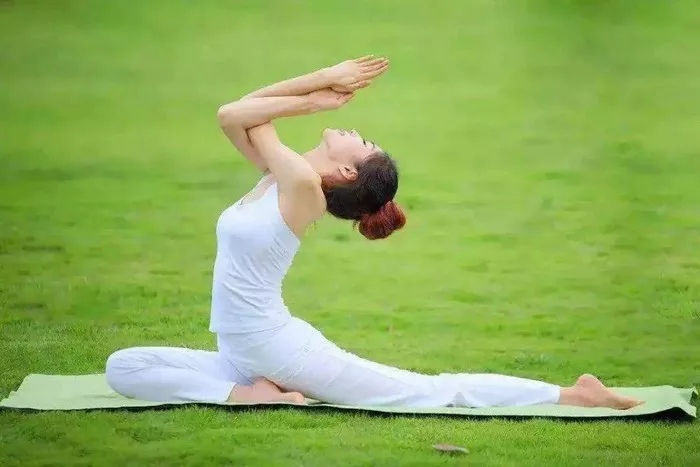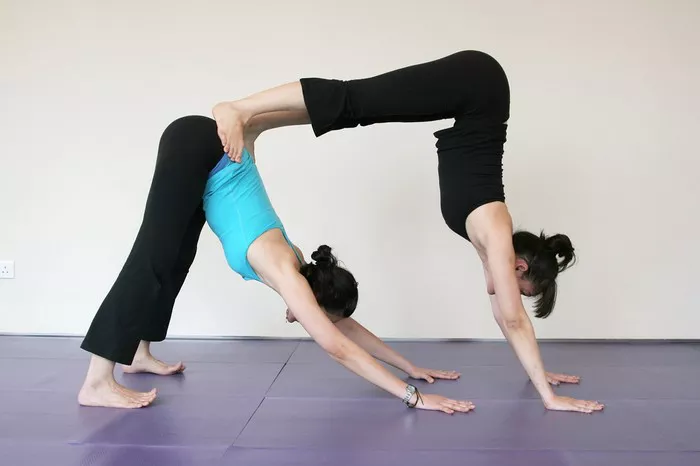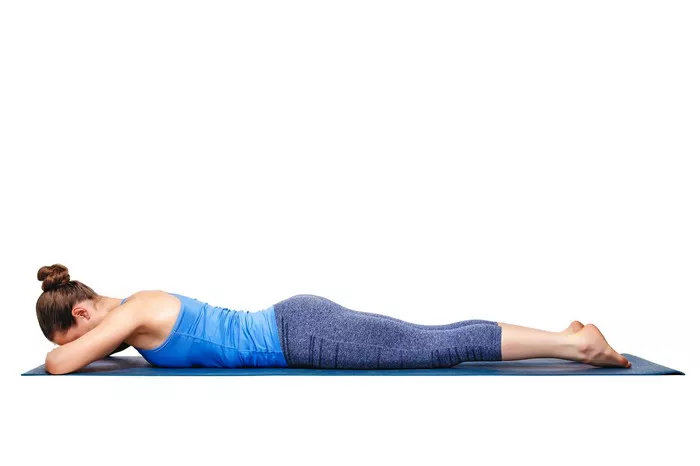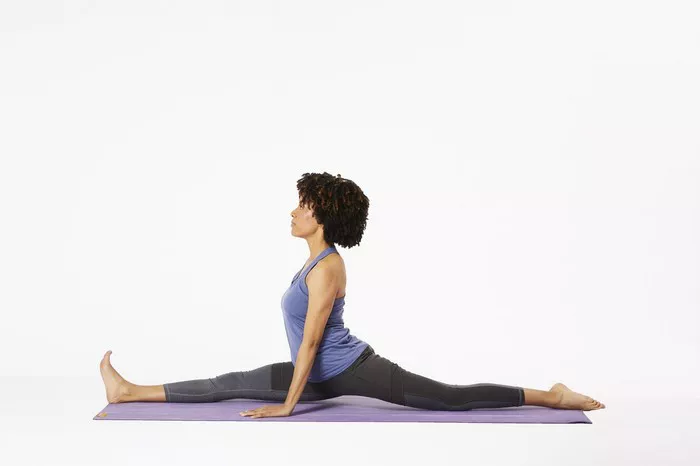Ashtanga Yoga, often referred to as the “eight-limbed yoga,” is a dynamic and rigorous form of yoga that synchronizes breath with a progressive series of postures. Rooted in ancient yogic teachings, Ashtanga Yoga was popularized by K. Pattabhi Jois in the 20th century. One of the defining characteristics of Ashtanga Yoga is its structured sequence of poses, which are designed to purify the body, cultivate strength and flexibility, and promote mental clarity. In this article, we will delve into the fundamental poses of Ashtanga Yoga, exploring their benefits, alignment principles, and variations.
1. Sun Salutations (Surya Namaskara)
Sun Salutations serve as the cornerstone of the Ashtanga Yoga practice, warming up the body and linking movement with breath. Typically performed at the beginning of a practice session, Sun Salutations consist of a sequence of poses that flow seamlessly from one to the next. Each round of Sun Salutations involves a series of forward bends, backward bends, and inversions, promoting circulation, flexibility, and focus.
2. Standing Poses (Stitha Vinyasa)
Standing poses form the foundation of the Ashtanga Yoga standing sequence. These poses are designed to build strength, stability, and balance while grounding the practitioner’s energy. Common standing poses include Tadasana (Mountain Pose), Trikonasana (Triangle Pose), and Virabhadrasana (Warrior Pose). Attention to alignment and engagement of the muscles is key to maximizing the benefits of standing poses.
3. Primary Series (Yoga Chikitsa)
The Primary Series, also known as Yoga Chikitsa or Yoga Therapy, is the first of six series in the Ashtanga Yoga system. It consists of a predefined sequence of poses that systematically purify and strengthen the body. The Primary Series focuses on forward bends, hip openers, and twists, targeting the spine, hamstrings, and internal organs. Practicing the Primary Series regularly can help alleviate physical ailments, improve flexibility, and promote detoxification.
4. Intermediate Series (Nadi Shodhana)
Following the Primary Series, the Intermediate Series, or Nadi Shodhana, builds upon the foundation established in the Primary Series. This series introduces more challenging poses, including arm balances, backbends, and deeper hip openers. The Intermediate Series is designed to purify the nervous system, stimulate energy channels, and cultivate inner strength and resilience. Advanced practitioners may explore variations and modifications to deepen their practice.
5. Finishing Sequence (Samasthitihi)
The Finishing Sequence marks the culmination of the Ashtanga Yoga practice, providing an opportunity for relaxation and integration. This sequence typically includes a combination of seated poses, forward bends, and inversions, followed by a period of rest in Savasana (Corpse Pose). The Finishing Sequence helps to calm the mind, release tension, and prepare the body for meditation. Incorporating pranayama (breath control) techniques during this phase can further enhance relaxation and promote a sense of inner peace.
6. Closing Sequence (Sampurna)
The Closing Sequence brings closure to the Ashtanga Yoga practice, sealing in the benefits of the preceding poses and promoting a sense of completeness. This sequence often includes a series of seated poses, spinal twists, and gentle stretches, followed by a final meditation or chanting of mantra. The Closing Sequence serves as a transition from the physical practice to the meditative state, allowing practitioners to reflect on their experience and cultivate a sense of gratitude.
Conclusion
In conclusion, the poses of Ashtanga Yoga encompass a comprehensive range of movements and postures that work synergistically to promote physical, mental, and spiritual well-being. Whether you are a beginner or an experienced practitioner, exploring the fundamental poses of Ashtanga Yoga can deepen your understanding of the practice and unlock new levels of strength, flexibility, and mindfulness. By incorporating these poses into your regular routine and honoring the principles of alignment, breath, and awareness, you can embark on a transformative journey of self-discovery and self-realization through the ancient art of yoga.
FAQs:
What is the hardest pose in Ashtanga Yoga?
The hardest pose in Ashtanga Yoga is often considered to be the fourth series pose, known as “Purvottanasana” or “Upward Facing Intense Stretch Pose.” This challenging posture requires significant strength, flexibility, and balance as it involves lifting the entire body off the ground with the arms while simultaneously arching the spine.
What is the order of Ashtanga Yoga?
Ashtanga Yoga follows a specific sequence of poses, known as the “Primary Series,” “Intermediate Series,” and “Advanced Series.” The order typically begins with Sun Salutations (A and B), followed by a series of standing poses, seated poses, inversions, and backbends, ending with a closing sequence and relaxation.
Which is harder Ashtanga or Vinyasa?
Comparing the difficulty of Ashtanga Yoga and Vinyasa Yoga is subjective and depends on individual preferences and abilities. Ashtanga Yoga follows a predetermined sequence with a focus on precise alignment and breath synchronization, making it challenging for beginners. Vinyasa Yoga, while also dynamic, allows for more variation and creativity in sequencing, potentially catering to different skill levels and preferences. Ultimately, both styles offer challenges but in different ways.























